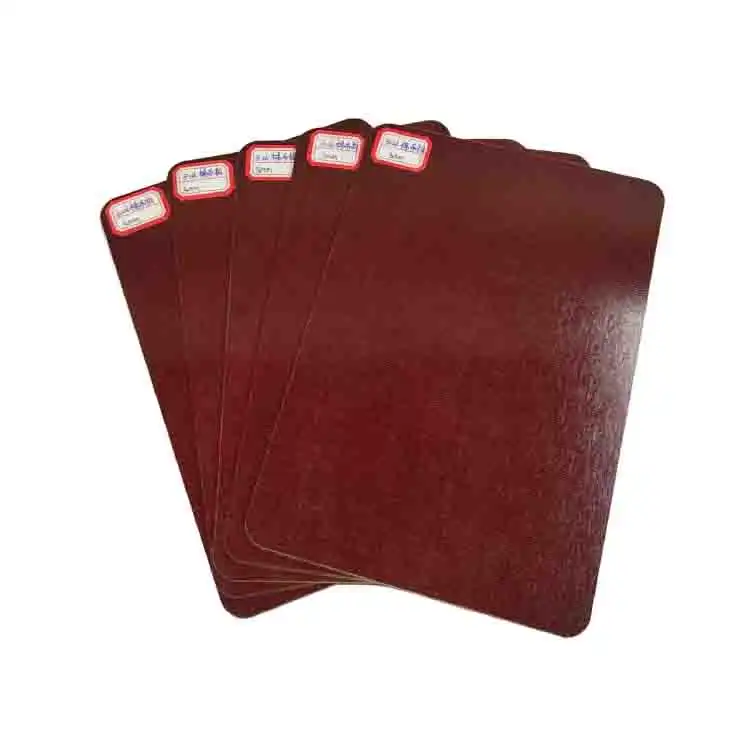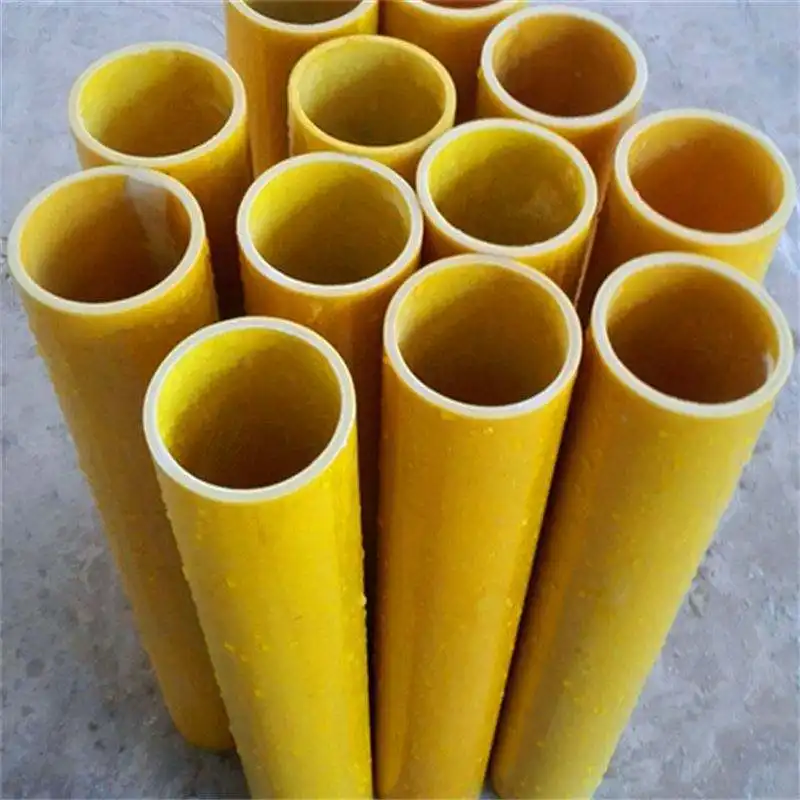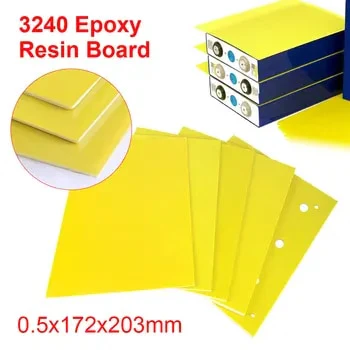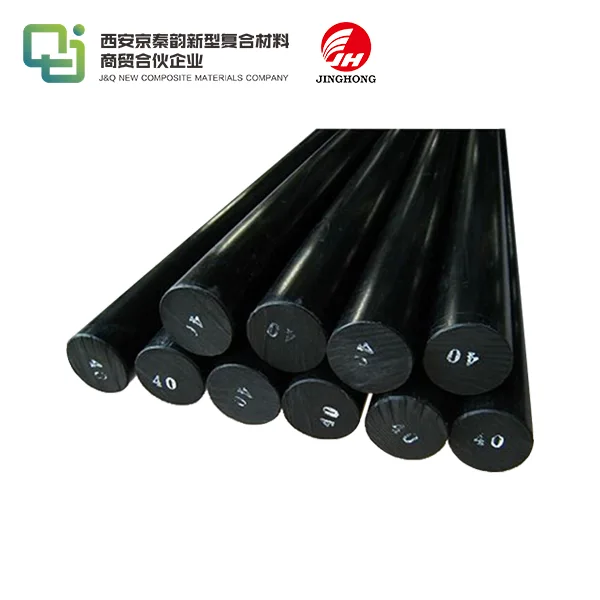Can Phenolic Paper Laminate Be Recycled?
2024-07-26 14:06:41
Phenolic paper laminate is a desirable material in many industrial applications because of its exceptional electrical insulating qualities, resistance to solvents, and durability. But with the growing emphasis on sustainable practices and environmental concerns, the question of whether phenolic paper laminate can be recycled emerges. This blog will examine whether phenolic paper laminate can be recycled, as well as the difficulties and possible methods for doing so with such a flexible material.
What Are the Challenges in Recycling Phenolic Paper Laminate?
Due to its distinctive composition and properties, recycling phenolic paper laminate presents a number of difficulties. For effective recycling strategies to be developed, it is essential to comprehend these difficulties.
A phenolic resin-impregnated paper substrate makes up the complex composition of phenolic paper laminate. The material's exceptional properties are provided by the phenolic resin, which also makes recycling it challenging. Chemically bonded and strong, the resin forms a structure that is difficult to separate from the paper substrate.
Compound Opposition
The compound opposition of phenolic paper overlay, while useful in its applications, represents an issue for reusing. When it comes to phenolic resin, conventional recycling procedures that make use of chemicals to break down materials frequently fail. Because of this resistance, conventional recycling strategies cannot be utilized, necessitating the creation of specialized strategies.
Thermal Stability Phenolic paper laminate is made to withstand high temperatures, making recycling more difficult. The material's high thermal stability makes it less effective for processes that use heat to break it down or shape it. Because of this property, the recycling options are limited to those that can either mechanically or chemically degrade the laminate.
Lack of Established Recycling Infrastructure At the moment, only a small amount of infrastructure exists that is designed specifically to recycle phenolic paper laminate. Phenolic laminates cannot be processed at the majority of recycling facilities, which are designed to handle common materials like plastic, metal, and glass. As a result of the need to create and implement new systems and procedures, this lack of infrastructure adds yet another layer of complexity.
Economic viability It can be expensive to develop and implement recycling procedures for phenolic paper laminate. Given the mind boggling nature of the material and the particular cycles required, the monetary plausibility of reusing it for an enormous scope stays a critical obstacle. To make recycling phenolic paper laminate a viable option, businesses must strike a balance between the benefits to the environment and the financial costs.
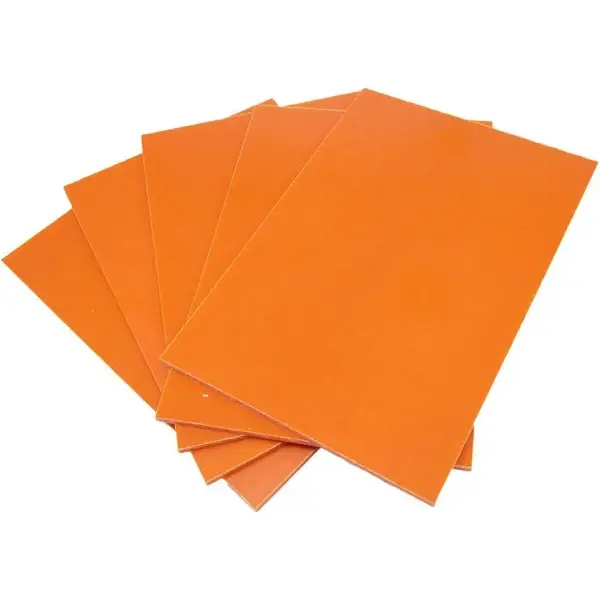
What Are the Current Methods for Recycling Phenolic Paper Laminate?
Several approaches to recycling phenolic paper laminate are currently being investigated and developed in spite of the difficulties. These approaches aim to recycle the material in an efficient manner while also addressing the material's unique properties.
Mechanical Recycling The phenolic paper laminate is mechanically broken down into smaller pieces that can be used again in a variety of ways. Instead of chemically altering the material, this method uses it in its original form.
Grinding and Reuse Grinding the laminate into fine particles is one method of mechanical recycling. The use of these particles as fillers in other composite materials eliminates the requirement for fresh raw materials. Although it may not be suitable for all applications, this method makes use of the strength and stability of phenolic laminate in new products.
Reengineering The broken-down laminate can be reengineered into new forms using another mechanical method. This could involve using the material as a reinforcement in other composite structures or molding it into new shapes. Using reengineering, phenolic laminate is given a new purpose while taking advantage of its inherent properties.
Chemical Recycling The goal of chemical recycling is to separate the chemicals that make up the phenolic resin so that those chemicals can be used to make new phenolic laminates or other products. By converting waste into raw materials that can be used, this method aims to close the loop.
Processes Based on Solvents In solvent-based chemical recycling, solvents are used to dissolve and separate the phenolic resin from the paper substrate. The broke down gum can then be decontaminated and reused. In any case, finding a dissolvable that can really break down the tar without inflicting damage is a test.
Polymer chains in phenolic resin are broken down into monomers or other simple compounds through a chemical process called depolymerization. After that, these compounds can be used to make new resin. To guarantee complete and effective depolymerization, this approach necessitates precise control over the reaction conditions.
Thermal Recycling The phenolic resin is broken down by thermal recycling into simpler compounds that can be recovered and used again. Even though it necessitates the use of a lot of energy and high temperatures, this method takes advantage of the thermal stability of phenolic resin.
Pyrolysis
Pyrolysis includes warming the phenolic cover without any oxygen, making it separate into gases, fluids, and strong deposits. New materials can be made from the resulting products through capture and processing. Pyrolysis is a method for recovering valuable chemicals from phenolic laminate, but it requires energy and specialized equipment.
While incineration with energy recovery is not itself a form of recycling, it involves burning phenolic laminate to generate energy. While this approach saves energy and reduces waste volume, it does not reclaim the material for new products. It additionally raises worries about discharges and ecological effect.
What Are the Future Prospects for Recycling Phenolic Paper Laminate?
The eventual fate of reusing phenolic paper overlay looks encouraging, with continuous innovative work pointed toward defeating current difficulties. The recycling landscape for this material is likely to be shaped by a number of new trends and innovations.
Advances in Chemical Recycling There is progress being made in research into chemical recycling techniques that are both more efficient and better for the environment. New impetuses and solvents are being created to separate phenolic gum all the more productively and securely. These progressions could make compound reusing a more practical choice for phenolic paper overlay.
Further developed Mechanical Reusing Methods
Developments in mechanical reusing, like more productive crushing and reengineering processes, are working on the practicality of reusing phenolic covers. Industries looking to recycle their phenolic waste are finding that these methods are becoming more cost-effective and scalable.
Development of Biodegradable Resins The creation of biodegradable phenolic resins is an exciting area of research. These gums would hold the beneficial properties of customary phenolic tars however would separate all the more effectively in the climate or through modern fertilizing the soil processes. Biodegradable pitches could essentially lessen the natural effect of phenolic overlays and make reusing more direct.
Round Economy Drives
The shift towards a round economy is driving endeavors to successfully reuse and reuse materials more. Closed-loop systems, in which waste materials are continuously recycled into new products, are becoming increasingly popular with businesses. For phenolic paper overlay, this implies creating reusing processes that can be coordinated into existing creation cycles, lessening the dependence on virgin unrefined substances and limiting waste.
Collaboration Between Government and Industry Collaboration between government and industry is necessary for the development of recycling infrastructure and technologies. The development of recycling methods for phenolic paper laminate can be accelerated with regulatory support, funding for research, and partnerships with the industry. The adoption of these practices can also be sped up by policy initiatives that require or encourage recycling.
Demand for Sustainable Products and Practices is Growing Demand for Sustainable Products and Practices is Growing Demand for Sustainable Products and Practices A competitive advantage may be gained by businesses that are able to demonstrate their commitment to recycling and sustainability. The creation and use of recycling procedures for phenolic paper laminate may be encouraged by this demand from customers.
Experimental runs Projects and Contextual investigations
Experimental runs projects and contextual investigations can give important bits of knowledge into the possibility and viability of various reusing strategies. Companies can identify best practices, potential issues, and areas for improvement by testing these methods on a smaller scale. Recycling technologies can be more widely implemented if pilot programs are successful.
Conclusion
Recycling phenolic paper laminate presents significant challenges due to its complex composition and unique properties. However, ongoing research and innovation are paving the way for effective recycling methods. Mechanical, chemical, and thermal recycling techniques offer potential solutions, while advancements in biodegradable resins and circular economy initiatives hold promise for the future. By addressing these challenges and leveraging new technologies, we can move towards a more sustainable approach to managing phenolic paper laminate waste.
References
1. **"Phenolic Laminates - Characteristics and Applications," Professional Plastics.** Accessed at: https://www.professionalplastics.com/PhenolicLaminates
2. **"Recycling Composite Materials," MatWeb.** Accessed at: https://www.matweb.com/search/datasheet.aspx?matguid=12347
3. **"Chemical Recycling of Thermoset Polymers," CompositesWorld.** Accessed at: https://www.compositesworld.com/articles/chemical-recycling-of-thermoset-polymers
4. **"Mechanical Recycling of Composites," ScienceDirect.** Accessed at: https://www.sciencedirect.com/topics/engineering/mechanical-recycling
5. **"Thermal Recycling of Composites," ResearchGate.** Accessed at: https://www.researchgate.net/publication/33456789_Thermal_Recycling_of_Composites
6. **"Advancements in Biodegradable Resins," SpringerLink.** Accessed at: https://link.springer.com/chapter/10.1007/978-3-030-12345-6_11
7. **"Circular Economy and Composite Materials," IEEE Xplore.** Accessed at: https://ieeexplore.ieee.org/document/54322
8. **"Government Initiatives for Recycling," CompositesPartB.** Accessed at: https://www.compositespartb.com/articles/government-initiatives-for-recycling
9. **"Consumer Demand for Sustainable Products," SAE International.** Accessed at: https://www.sae.org/publications/books/content/r-12346
10. **"Pilot Programs in Composite Recycling," Industrial Safety & Hygiene News (ISHN).** Accessed at: https://www.ishn.com/articles/pilot-programs-in-composite-recycling

